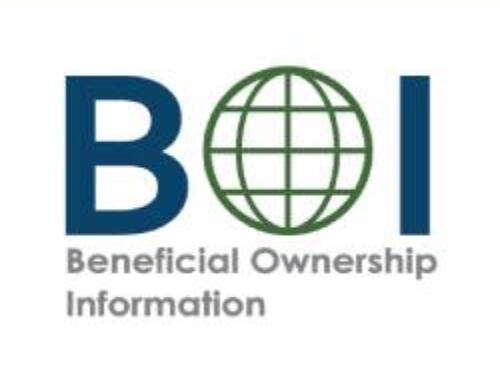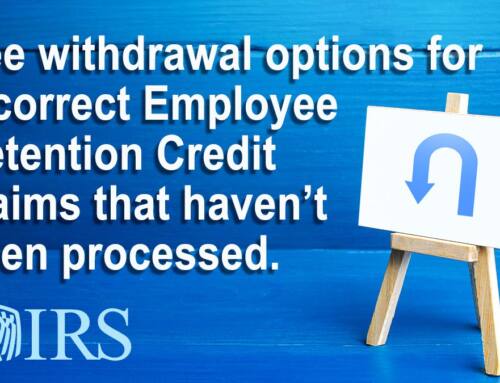Margaret Krajcer, JD, is vice president and general counsel of Tax Credits Group, a Cleveland-based firm specializing in federal and state R&D tax credits and the Employee Retention Credit. She can be reached at maggie@taxcreditsgroup.com.
Last week on the SCACPA blog, I provided a basic understanding of the Employee Retention Credit (ERC), along with an overview of employer eligibility requirements. In this secondary blog article, I’ll focus on critical impacts and considerations that should be addressed prior to submitting a claim.
Due to the recent signage of the Infrastructure Act which terminated the ERC for Q4 2021 for most eligible employers, (recovery startup businesses remain an exception), there is now little opportunity for most employers to claim an ERC on an originally filed federal employment tax return Form 941. But, with a 3-year statute of limitations, employers still have ample time to evaluate the opportunity and submit claims via the amended return process by reporting the total qualified wages for each eligible quarter via an amended Form 941-X.
While this may appear to be a seemingly straightforward process, the ERC is much more than calculating numbers. It requires a multi-quarter-year analysis and may include subjective areas such as partial and full shutdowns. There are also complexities that come into play for many employers that should be thoroughly evaluated and considered before a claim is submitted. Examples of just a few critical considerations that should be taken into account when calculating and filing for the ERC include:
- Paycheck Protection Program (PPP) loans – Originally, employers were unable to claim the ERC if they had received PPP loans but this changed under the Consolidated Appropriations Act, which allowed employers to receive both the ERC and PPP loans, but without “double-dipping” on any qualified wages. Thus, eligible employers can only claim the ERC using qualified wages that are not counted as payroll costs in obtaining PPP loan forgiveness.
- Interplay of other Credits and Incentives – In 2021, employers are unable to use the same wages for any employee that was used to secure a Work Opportunity Tax Credit (WOTC). In 2020, employees used to determine the employer’s WOTC were not eligible for the ERC at all. Beyond that, there are other credits such as the R&D credit that interplay with the ERC that also need to be taken into consideration and excluded if they are using the same wages. Because there are strict rules concerning double-dipping, employers and service providers should have diligent record-keeping to avoid breaking this rule.
- Related Individuals – Another area of complexity that must be closely examined is around familial relationships or related individuals. Under the laws governing the ERC, an employee related to a majority owner is deemed to be ineligible, and thus his or her wages cannot be included within the credit calculation.
Outside of these, there are many other rules and requirements that need to be assessed when claiming the ERC. Thus, a key takeaway with the ERC is that it’s a great opportunity for eligible employers, but it is one that needs to be thoroughly analyzed to ensure it is calculated appropriately and optimally. Because it involves complex qualifications and gray areas of eligibility, it is likely that ERC claims will be heavily scrutinized over the next 5 years. With this in mind, if you’re not already handling the ERC in-house, the best defense for audit is to work with a trusted service provider who understands the law, keeps up with guidance, and documents every step of the process.




